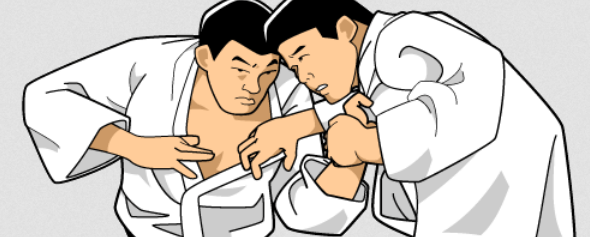There are three types of randori partners you are likely to face in any dojo:
i) Those with superior skills
ii) Those with equal skills
iii) Those with lower skills
All three types are useful for different reasons but which one should you seek out more? I used to think (ii) would be the obvious one but it depends at what stage of development you are in.
If you are at a stage where are just discovering techniques and don't yet have any tokui-waza, it probably makes more sense to aim more for (iii). The reason, which was well articulated by a famous BJJ teacher, John Danaher, is that you won't be able to easily get techniques to work if you try the on (ii) or (i). If your techniques never work, then you'll never master them and they will never become part of your repertoire.
To get your new techniques to work, you'll have to try them on lower skilled partners. They shouldn't be much lower but maybe just a step lower so there is some resistance as well. That means if you're a brown belt, you should try to go with blue belts more often, and try your new techniques on them.
There are two reasons why you shouldn't try to do your new techniques on players who are considerably lower skilled than you is that, firstly, it will be too easy and you won't really learn how to do the technique when the resistance level is too low. Secondly, especially if the technique is an advanced or is rather unusual or unorthodox, you might end up injuring your lower-skilled partner, who might not know how to react or fall properly. Take for example, reverse seoi-nage. An inexperienced player might fall wrongly and suffer a concussion.
If you are at a stage where you've already got several tokui-waza and what you want to do it to fine-tune your techniques, then (ii) would be better. When you've got your techniques down already, it's not about learning a technique anymore but improving them. So you'll want to test these techniques against someone of equal level. It'll be hard to get your techniques to work on them, especially since they would already be familiar with your technique. But that's exactly what you want. You want to be able to get you established techniques to work even against someone who's expecting them and has the skills to stop them.
You could do this with (iii) too but if these are well-established techniques of yours, you might find that the resistance level is not high enough. You'll need (ii) if your goal is to perfect your existing techniques.
What about (i)? What's the purpose of fighting someone superior? Besides it being a great and worth challenge, you will learn how to develop defenses and counters this way. The superior player will be attacking you all the time. This is your opportunity to try out your blocks and counter attacks.
Everybody needs all three kinds of training partners. If you're lucky, you have all three types in your dojo!
Judo Concepts, Lesson 18: 3 types of partners to randori with
By ·

